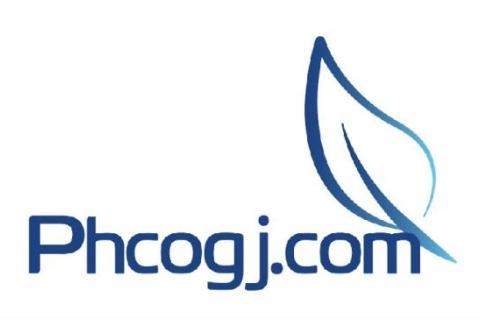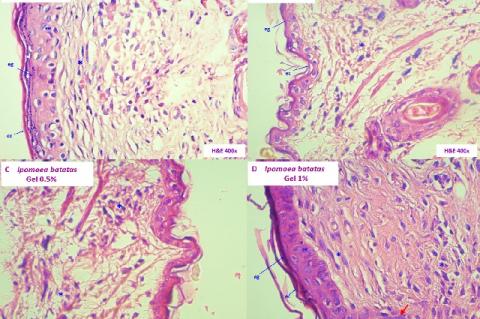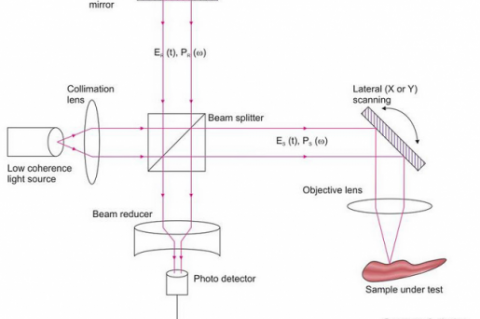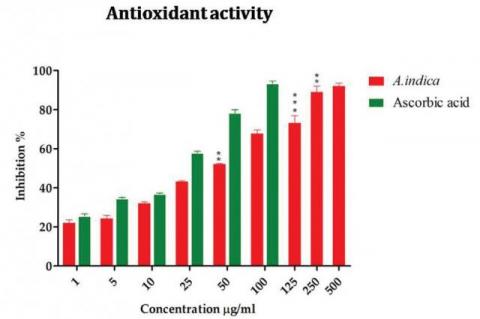Wound Healing
latest
Preparation, Characterization and Wound Healing Effect of β Chitosan and Gelatin Hydrogels from Sepia Officinalis: In Vivo Study
7 months 3 weeks ago By sys1 [comment_count]
Read more
Vitamin D and Wound Recovery: Illuminating the Path to Enhanced Healing in Diabetic Patients
1 year 8 months ago By sys1 [comment_count]
Read more
Wound Healing Activity of an Essential Oil-Based Cream of Origanum vulgare L. on Mice
1 year 8 months ago By sys1 [comment_count]
Read more
Effect of a Gel Based on Ipomoea batatas (Purple Sweet Potato) on Dermal Wound Healing in Mice
3 years 12 months ago By sys1 [comment_count]
Read more
Effect of a Gel Based on Ipomoea batatas (Purple Sweet Potato) on Dermal Wound Healing in Mice
3 years 12 months ago By sys1 [comment_count]
Read more
Wound Healing Activity of an Ointment from Solanum tuberosum L. "Tumbay Yellow Potato" on Mus musculus Balb/c
5 years 3 months ago By sys1 [comment_count]
Read more
Comparison between the Effect of Precipitate and Supernatant Aloe vera Gel on Experimental Cutaneous Wound Healing Using Optical Coherence Tomography
6 years 11 months ago By sys1 [comment_count]
Read more





